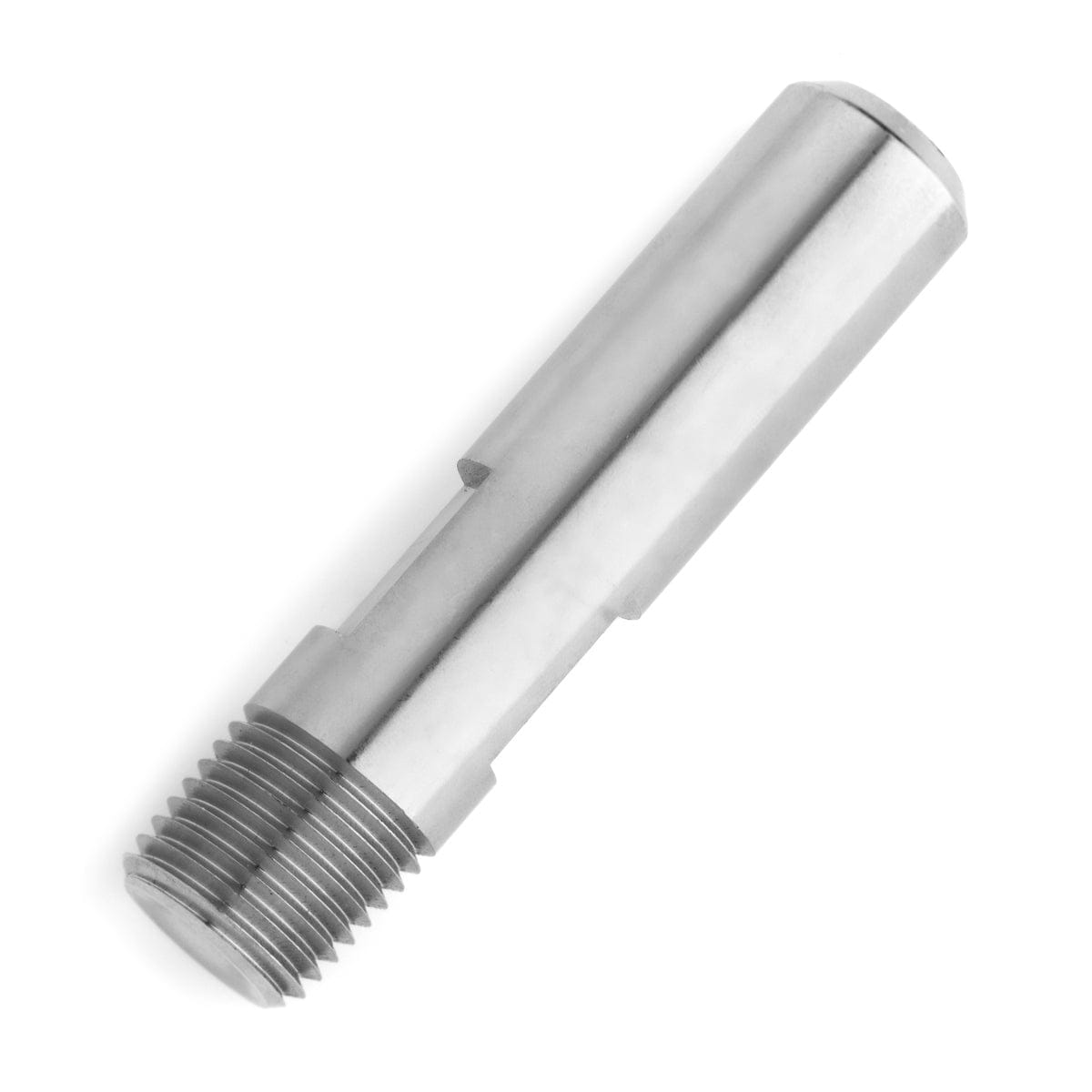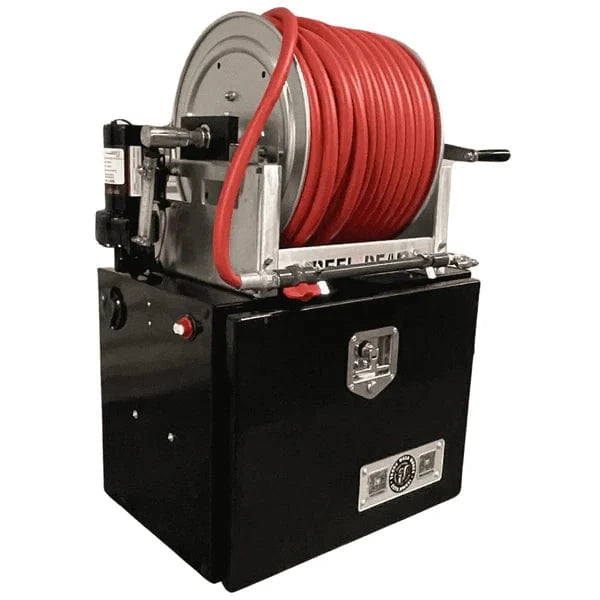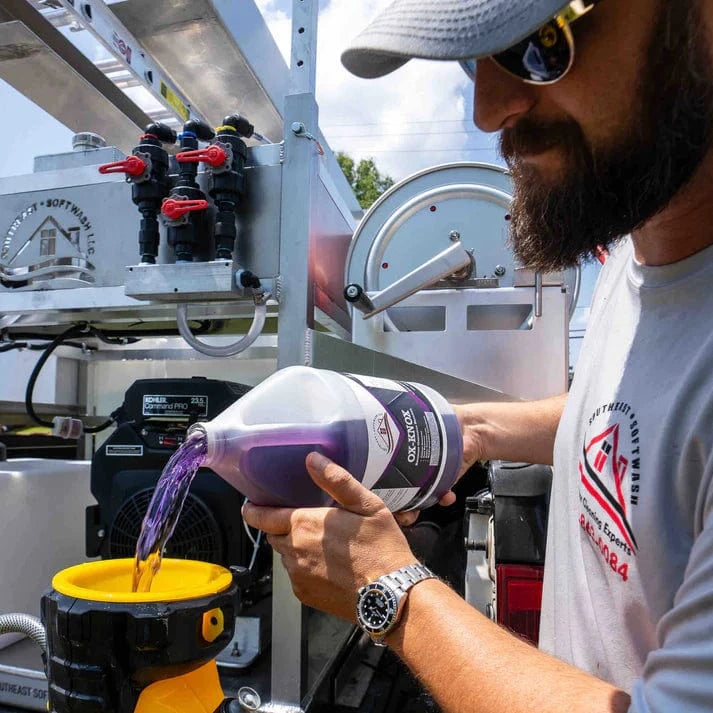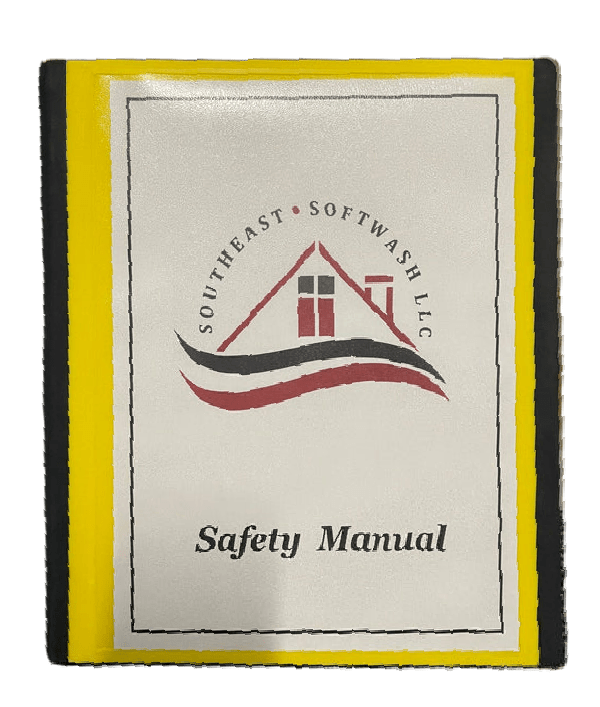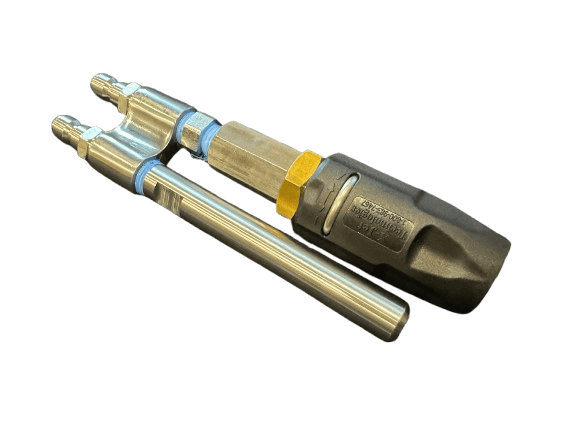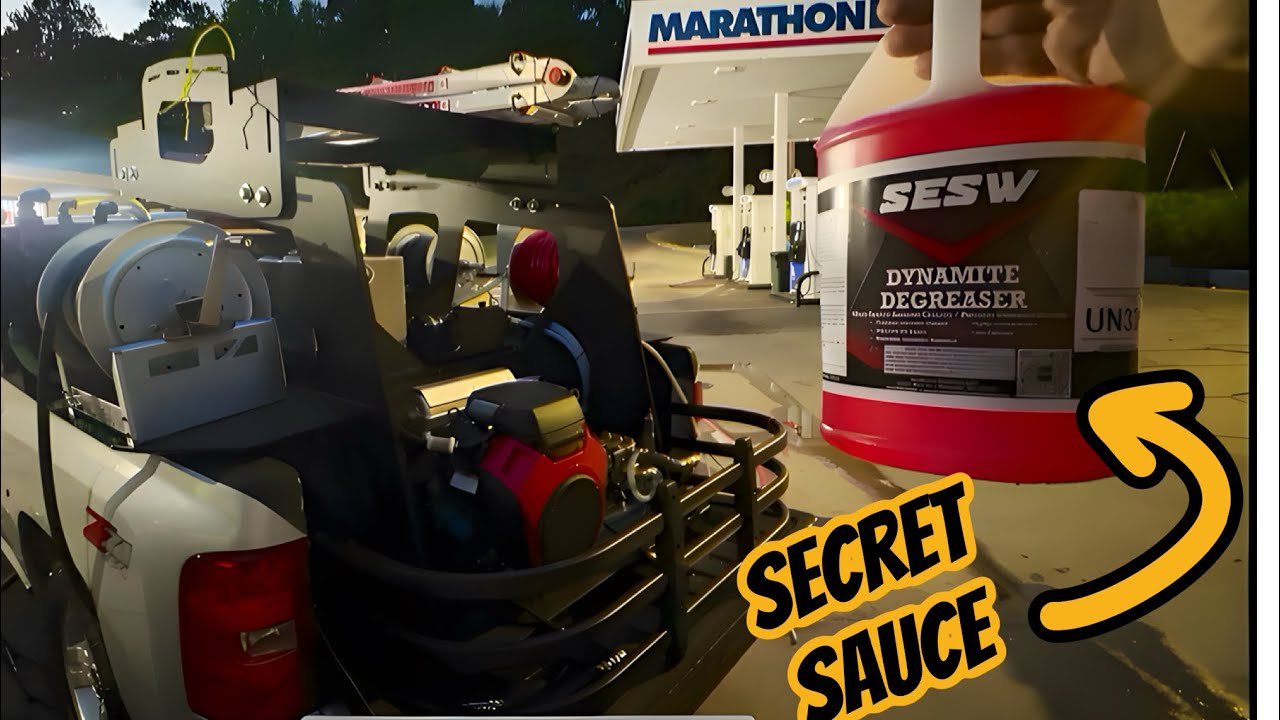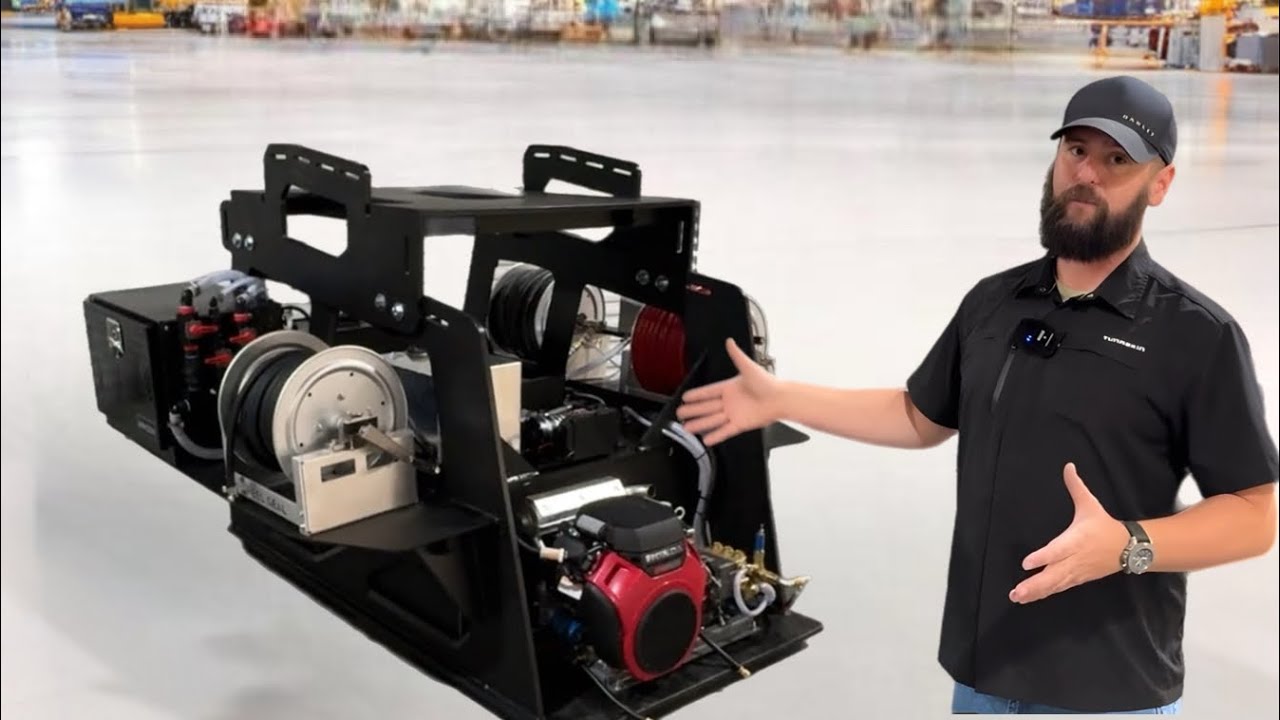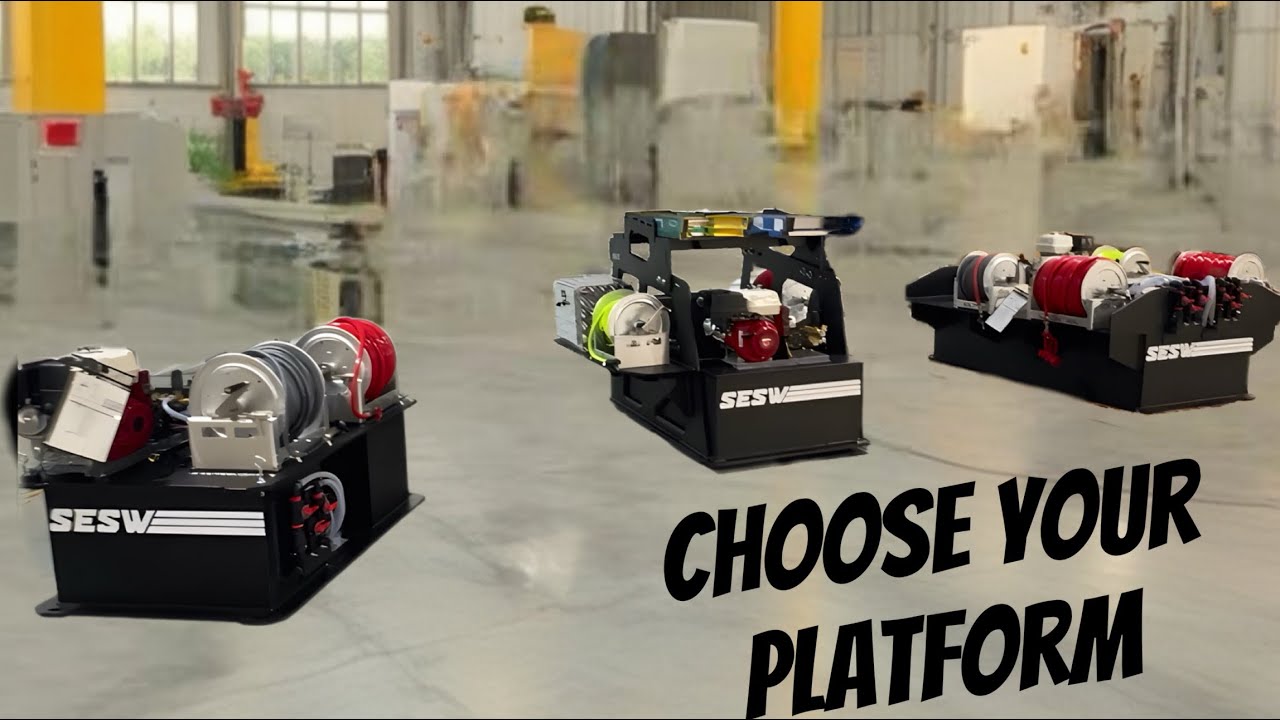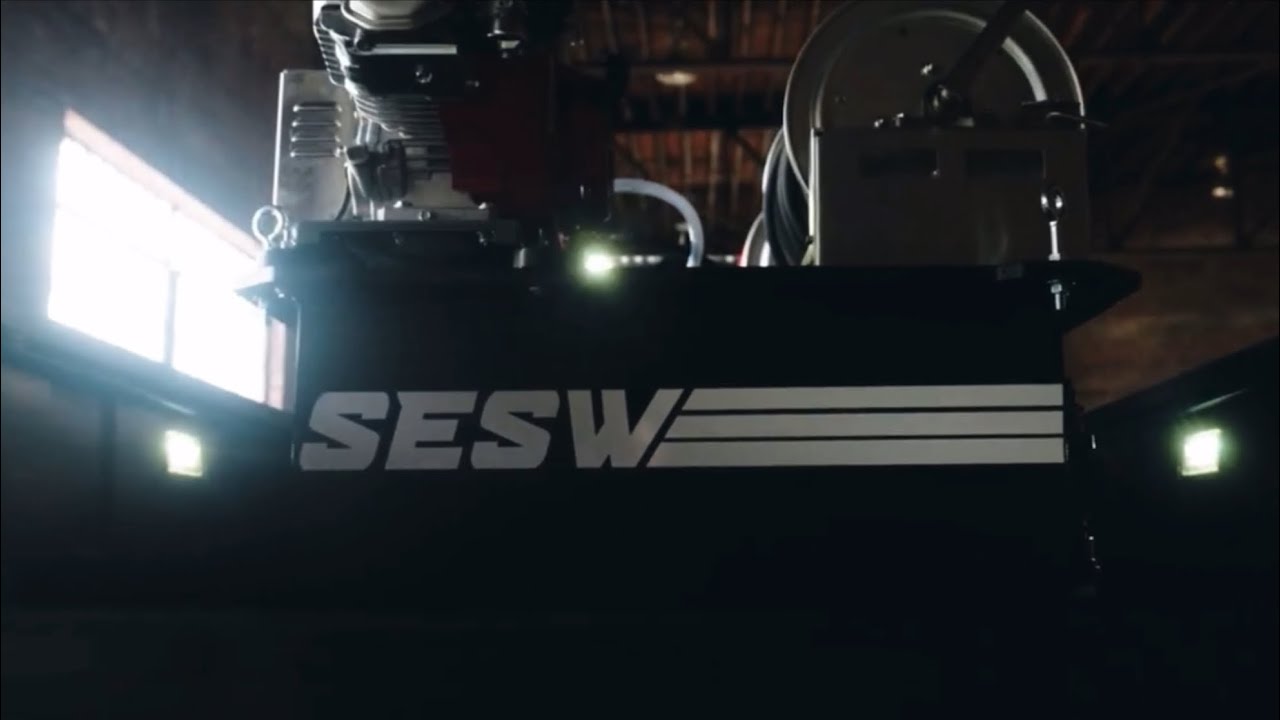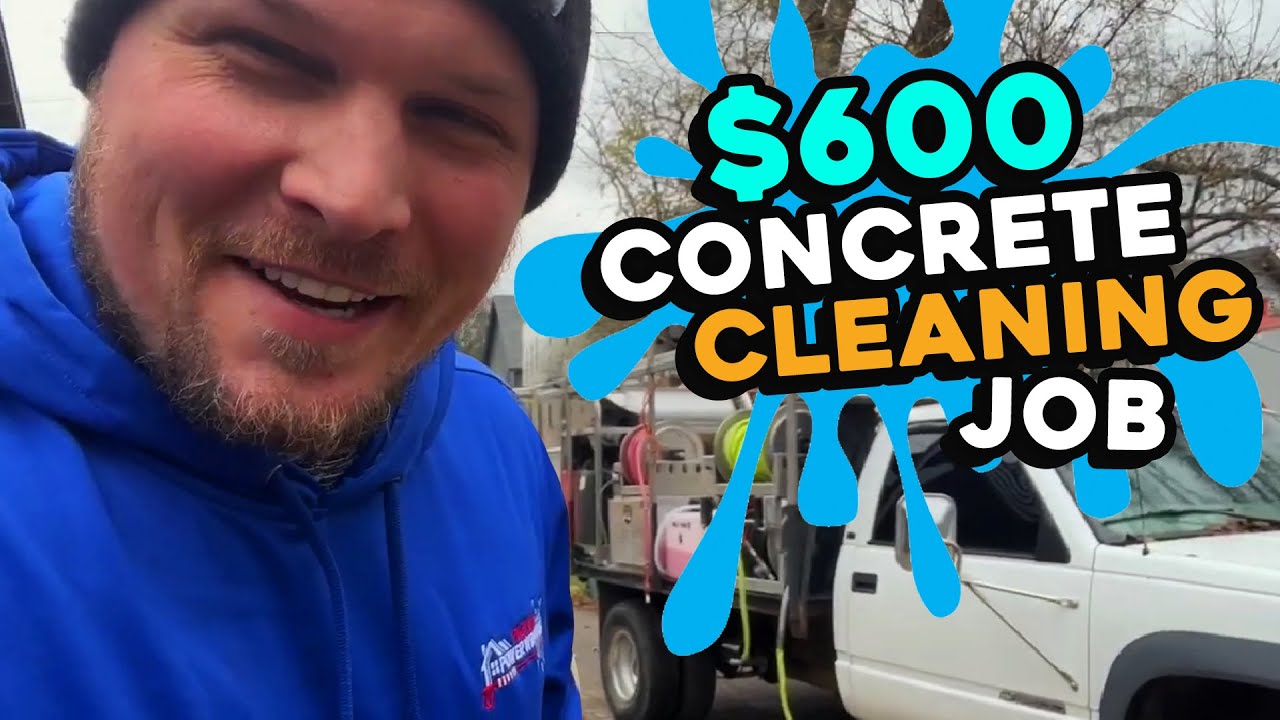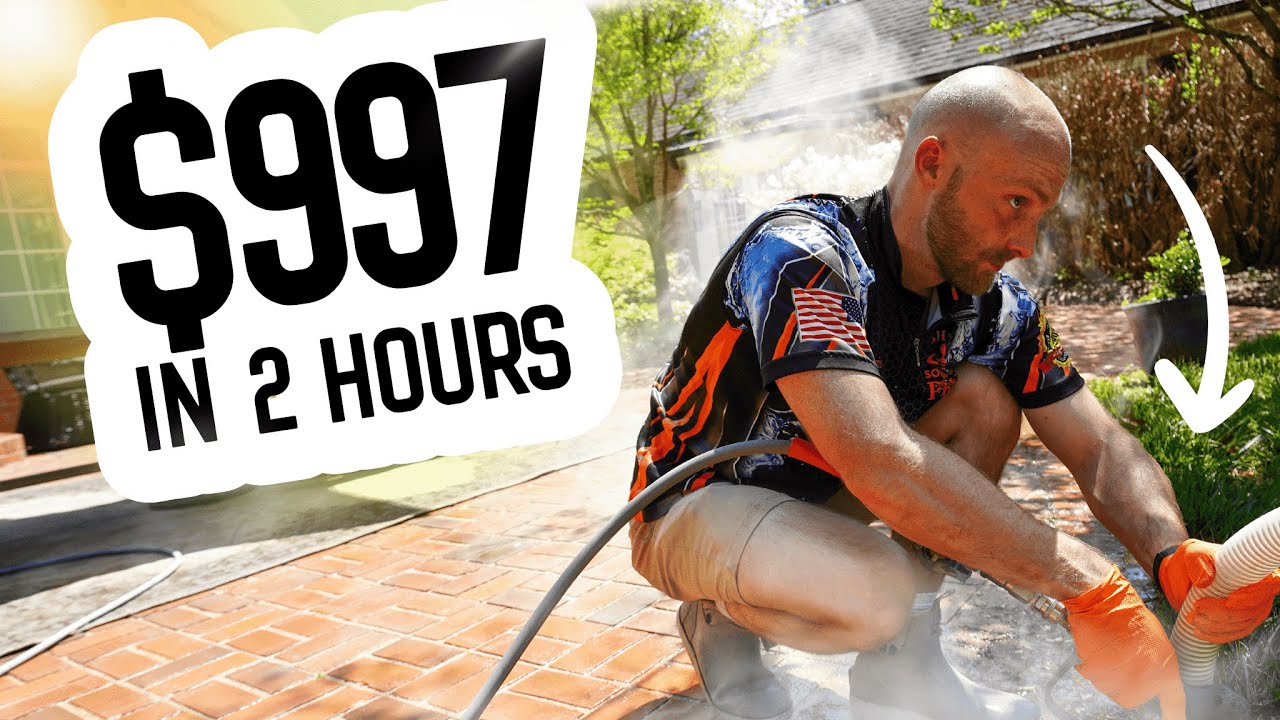The Secret to Flawless Concrete Cleaning: Avoiding Lines in Your Surface Cleaning Jobs
Starting a pressure washing business can be exciting, but it comes with its fair share of challenges. One of the most embarrassing moments I faced when I first began was cleaning a customer's concrete only to find lines left behind from my Surface Cleaner. These unsightly lines were not only frustrating but also led to moments of shame as I hoped the customer wouldn't notice or ask about them. Fortunately, through trial and error, I discovered the secrets to never leaving lines in concrete again. In this post, I'll share these secrets with you to help you avoid the same mistakes I made early on in my business.
If you're new to the pressure washing industry and unsure about which chemicals to use, how to mix them, or how to set up your equipment, I highly recommend checking out the SESW Softwash 101 Class. It provides comprehensive training to ensure you're well-prepared for any residential job.
Understanding the Problem
The presence of lines in concrete after using a Surface Cleaner can be attributed to several factors:
- Worn-out tips
- Moving too fast
- Overlapping during cleaning
- Insufficient pressure washer output
Regardless of the cause, there are two main methods to resolve this issue, which I'll detail below. Both methods have been tested extensively and have proven effective in various scenarios.
Method 1: Using Bleach
Pre-Treatment and Post-Treatment
To prevent lines in concrete, you can treat the surface with bleach either before or after using the Surface Cleaner. Here’s how each method works:
-
Pre-Treatment: Applying bleach to the concrete before cleaning helps break down organic materials on the surface, making the cleaning process smoother and more effective. This method can also speed up the cleaning as the bleach starts working on the dirt and grime beforehand.
-
Post-Treatment: Applying bleach after cleaning allows it to continue breaking down any remaining organic matter. This method is similar to the process used in roof cleaning, where the bleach is left to work and eventually washed away by rain or dissolves into salts.
Both methods require precise mixing of bleach, which can be determined using a mixing calculator like the one available for free on qu Q’s resources section. This tool helps you figure out the correct bleach ratio for different surfaces.
Equipment Needed: To apply bleach, you'll need a soft wash system or a chemical applicator such as an X-Jet or a pump-up sprayer.
Method 2: Cross-Hitting Without Chemicals
If you prefer not to use chemicals, you can still avoid leaving lines in concrete by following a specific cleaning technique:
- Double Cleaning: Clean the area twice, but change the direction of your passes. If your first pass is vertical, make the second pass horizontal.
- Cross-Hitting: This method ensures thorough cleaning by hitting the surface from different angles, effectively eliminating lines caused by overlapping or uneven cleaning.
I discovered this technique while cleaning a driveway that hadn’t been touched in years. After the initial cleaning, we noticed some spots were still visible. By re-cleaning the driveway from a different direction, we were able to achieve a flawless finish. This method addresses issues like low pressure or insufficient gallons per minute output from your pressure washer.
Conclusion
Whether you choose to use chemical treatments or the cross-hitting technique, both methods can significantly improve the quality of your concrete cleaning jobs. These approaches have saved me from countless moments of embarrassment and have helped me deliver professional results consistently.
For those looking to deepen their understanding of pressure washing and master the use of chemicals, equipment setup, and other essential skills, the SESW Softwash 101 Class is an excellent resource. It offers detailed guidance to help you excel in your pressure washing business.
Call to Action
If you found this guide helpful, consider checking out the SESW Softwash 101 Class for more in-depth training and tips on starting and running a successful pressure washing business.



